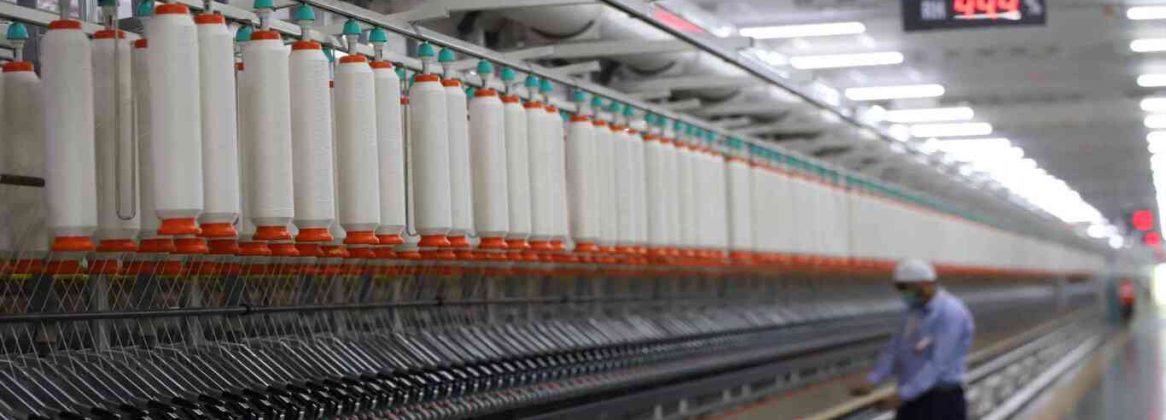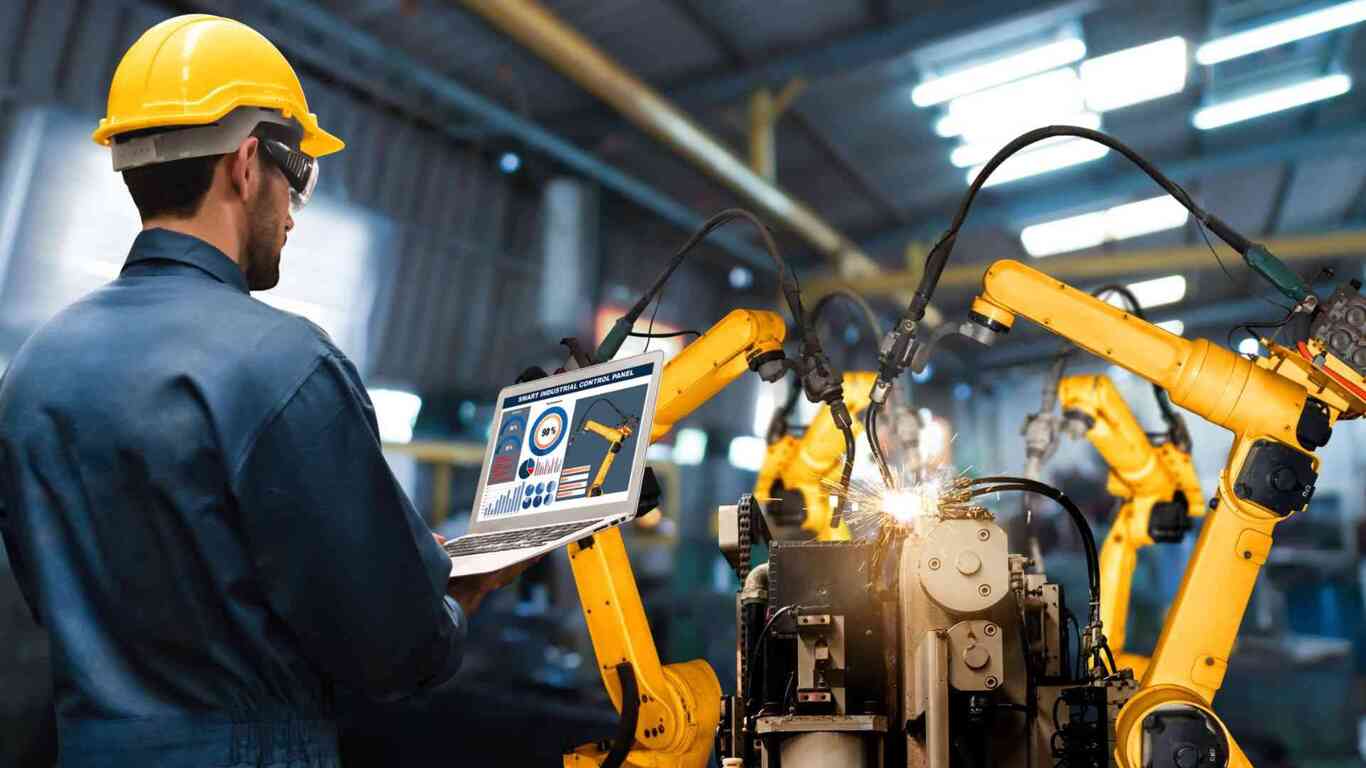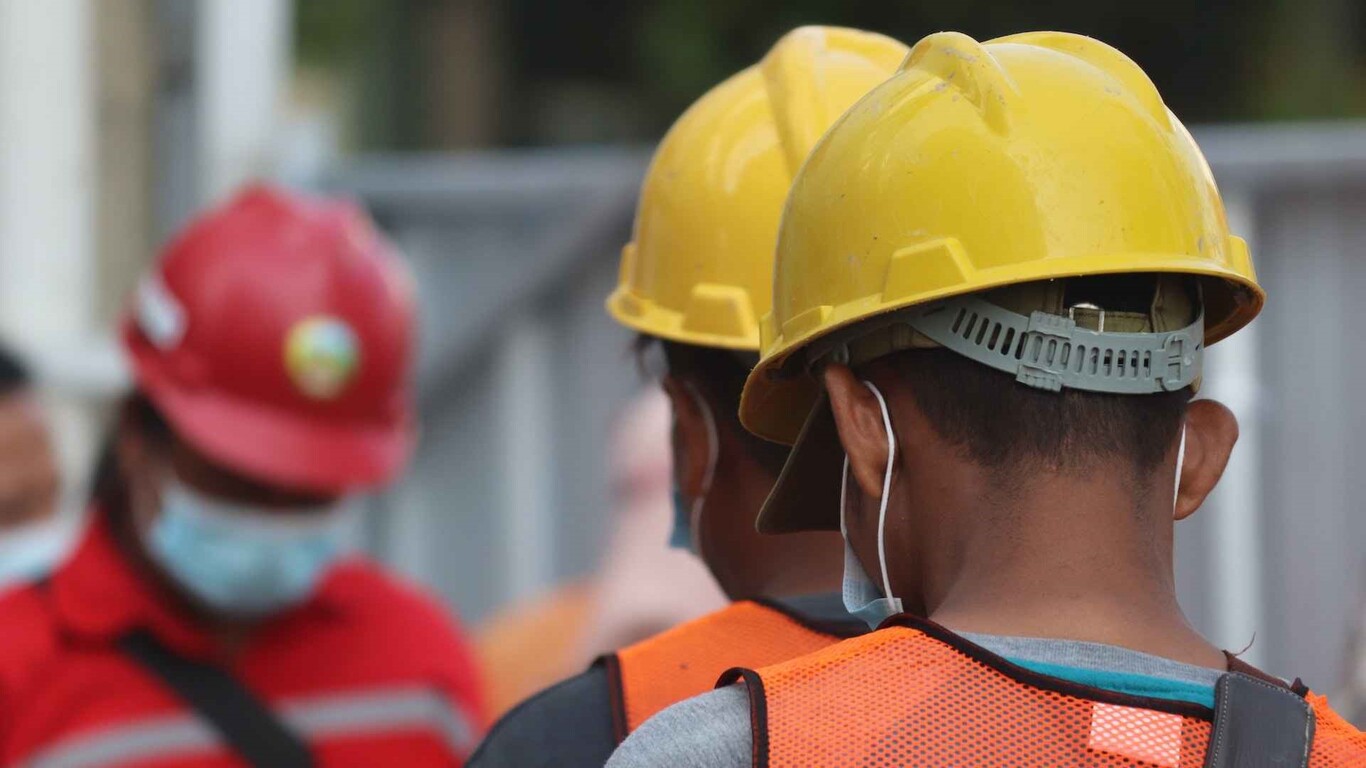Sustainability is increasingly becoming one of the most important factors for businesses all around the world. A recent poll found that 80% of respondents viewed sustainability as either vital or increasingly crucial to their company’s future competitiveness and growth. In this article, we look at the importance of sustainable manufacturing, its components, and how Connected Worker platforms are influencing sustainable manufacturing methods.
What is sustainable manufacturing?
Since global temperatures began to surge in the 1980s, the phenomenon of climate change has provoked constant warnings from scientists and concern from governments and the general public alike. But not until recently, as the effects have become more widespread, has it assumed the forefront of a global agenda. Many nations are now actively aligning their industrial policies towards an environmentally friendly approach. And in lieu of manufacturing’s role as a major contributor to waste and environmental damage, the general consensus is that ‘sustainable manufacturing’ is an urgent route for factories to follow.
“Sustainable manufacturing is the creation of manufactured products that use processes that minimize negative environmental impacts, conserve energy and natural resources, are safe for employees, communities, and consumers and are economically sound”
– The U.S Department of Commerce
Sustainable manufacturing is an approach to manufacturing where waste minimization and positive environmental impact are prioritized. Also called green manufacturing, it segues nicely with one of the core subjects of an organization’s social responsibility as listed in ISO 26000:2010; the environment – or more specifically, the impact of an organization’s processes on the environment.
This is fully rendered in the ISO 14000 Environmental management standard which encourages organizations to reduce industrial waste and place environmental friendliness at the top of their planning and operations.
There are four key elements of sustainable manufacturing – each positively affecting the 3P’s (profit, people, and the planet). These are:
- The reduction of water use
- The reduction of energy use
- The reduction of emissions, and
- The reduction of waste generation
Reduction of water use
22% of global water withdrawals are from Industry – United Nations World Water Development Report
Despite making up about 71% of the earth’s surface, water remains a finite and ‘vulnerable’ resource. Most of the earth’s water is inaccessible. And the portion that has proven accessible is unevenly distributed, reduced by global warming/ patterns of meteorological drought, and where present, continues to be gulped up by industry. As the world population increases the demand for water, many people are finding clean water difficult to come by.
784 million people globally (over twice the population of the US) still do not have access to basic water – World Water Day Report for 2021,
Employing manufacturing strategies that reduce water use allows factories to conserve the precious natural resource and protect the ecosystem from damage. They enhance their profit margins too! Because the less water that factories use, the less they have to pay for water – in both its delivery and treatment.
An example of a company reducing its water use is the automobile manufacturer, Ford Motors. Using methods like dry machining, three-stage painting (instead of two), and reverse osmosis via membrane biological reactors, the company has managed to reduce its water consumption by over 800 million gallons annually, with cost savings estimated at 22 million dollars.
Reduction of energy use
Manufacturing consumes around 54% of the world’s energy – U.S Energy Information Administration
Cooling, heating, and lighting are conventional on shop floors. These processes, in addition to the heavy machinery on ground (which requires a significant amount of energy to function), increase manufacturing’s energy consumption at a time when prices are increasing.
Sustainable energy consumption reduces a factory’s overhead cost of production. It involves the installation of active and passive systems to reduce energy consumption in plants. These systems may include renewable energy, insulators, energy-efficient lighting, low-energy consumption machines, or machines whose settings can be optimized to save energy, without affecting production.
Besides, employees can also be educated on the importance of energy reduction and taught to turn off machinery when they are not in use.
Reduction of emissions
Manufacturing is the source of 22% of greenhouse gas emissions in the U.S. – Recent Swytch survey
A by-product of energy use in manufacturing is the emission of greenhouse gases, including Carbon dioxide, Methane, and Nitrous oxide. These gases affect the quality of air and can cause long-term lung diseases, difficulty in breathing, and in larger concentrations, swift asphyxiation. Furthermore, they are the chief drivers of global warming.
45% of global carbon emissions, according to the Ellen MacArthur Foundation, can be eradicated simply by rethinking manufacturing, distribution, and production. And this assertion holds true for all four sustainable manufacturing elements. But how do we rethink manufacturing?
Reduction of Waste generation
As of 2017, annual estimates for industrial waste were 7.6 billion tons
Concerning waste generation, its reduction is just one part of the 9 R’s that can enhance sustainability for manufacturers. The others are reusing, recycling, recovering, redesigning, remanufacturing, repurposing, refurbishing, and refusing. All 9 R’s are important features of the ‘green economy’ which seeks to improve the environmental sustainability of the ‘take-make-waste’ linear models.
Manufacturers who key into the 9 R’s can significantly reduce their cost of doing business and enhance the efficiency of their resource use. Besides, a reduction in waste translates to less pollution to land, water, and air; creating a safer environment for all.
See also: How digital transformation supports the circular economy.
The role of Connected Worker platforms in facilitating sustainable manufacturing
Connected Worker platforms help factories develop sustainable manufacturing in a strategic, innovative, connected, and streamlined manner – with data! Factories that have undergone (or are in the process of) digital transformation can feed real-time asset and supply chain data into a Connected Worker platform. Using advanced analytics, the platform will provide insight and highlight opportunities to optimize energy consumption, water usage, and waste generation.
Earlier on, this analysis can help manufacturers make informed decisions at the design stage so that they can incorporate sustainability in designing products with less environmental impact. After all, only products that are designed for recycling can be recycled. And only products that are designed to conserve energy and reduce waste will do so.
Furthermore, with Connected Worker platforms, the condition of machines can be analyzed in real-time to identify potential equipment issues and carry out maintenance in advance of failure. Predictive maintenance of machines optimizes their performance and lifespan – leading to energy savings and cutting down their respective emissions. Moreover, this will also minimize part requirements, as more immersive repairs and/or replacement will be avoided, thus reducing the need for manufacturers to make more of these machines, again saving energy and reducing waste generation.
Concerning wastes and scraps, the platforms add a striking efficiency to manufacturing processes that lead to leaner production where waste generation is reduced (see our post on digital lean). Connected Worker platforms can also be used to easily manage energy/water/waste/emission audits and track sustainability KPIs.
Why Maximl?
Maximl’s no code Connected Worker platform has helped leading factories streamline safety, quality, and maintenance procedures on their shop floor. Our solution requires little onboarding, integrates with enterprise-wide systems, and provides a holistic view of end-to-end factory assets.
Maximl Features
- Digitizes quality standards and procedures in a few minutes
- Enriches communication and collaboration
- Supports multimedia attachment for complaints
- Works offline in low-connectivity areas




